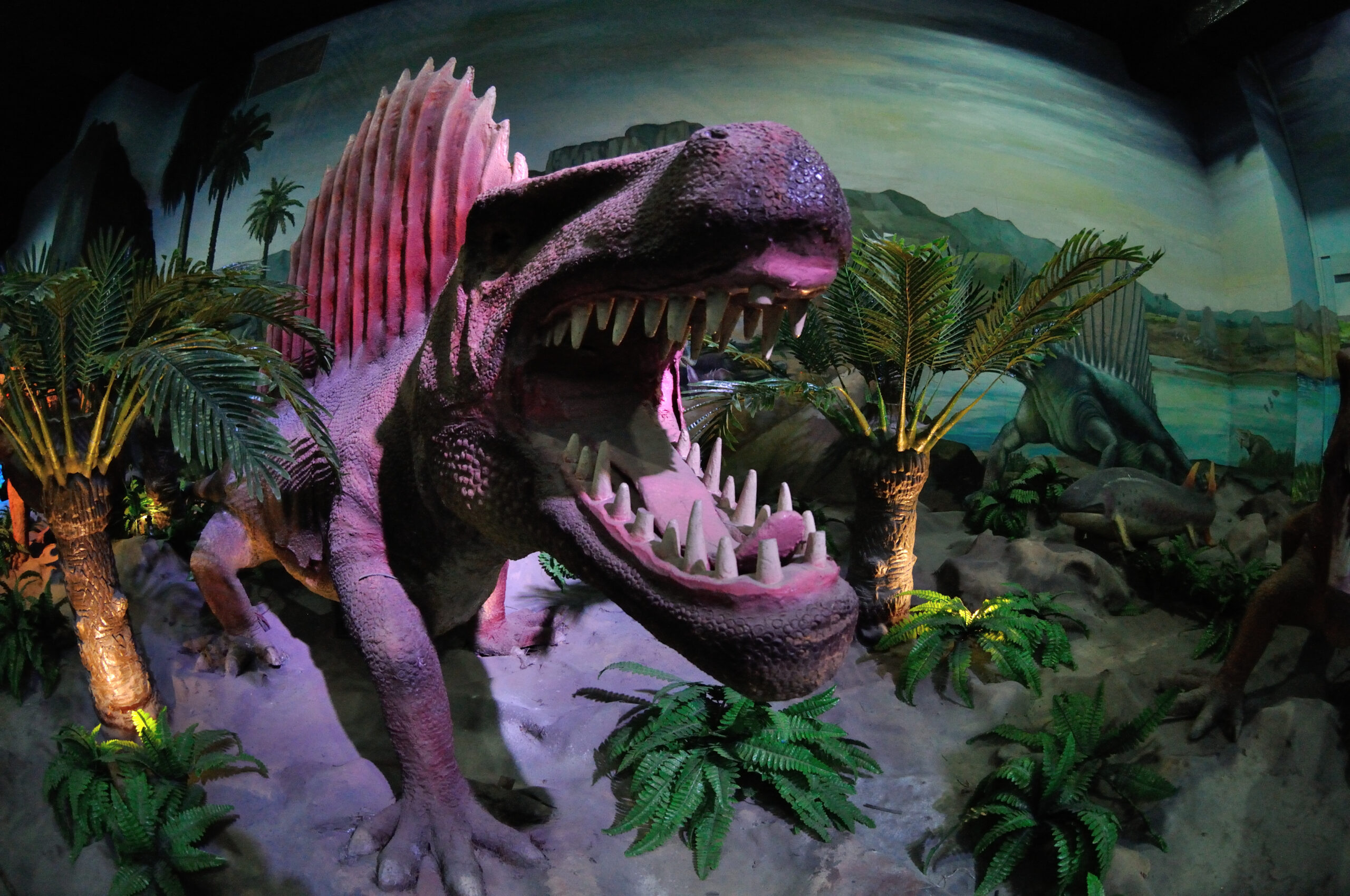A Brief Account of Evolution
Early Cellular Life (2000 mya): Approximately 2 billion years ago, the first cellular forms of life appeared on Earth. The mechanism by which non-cellular aggregates of giant macromolecules evolved into cells with membranous envelopes remains unknown. Some of these cells had the ability to release oxygen (O2), possibly through a process similar to the light reaction in photosynthesis where water is split with the help of solar energy and appropriate light-harvesting pigments.
Transition to Multi-Cellular Life: Over time, single-celled organisms transitioned into multi-cellular life forms.
Invertebrates (500 mya): Around 500 million years ago, invertebrates emerged and became active.
Jawless Fish (350 mya): Jawless fish are believed to have evolved around 350 million years ago.
First Plants and Seaweeds (320 mya): Plants and seaweeds likely existed around 320 million years ago. The first organisms to invade land were plants, and they were widespread on land when animals began to inhabit it.
Amphibians (350 mya): Fish with stout and strong fins were able to move on land and return to water around 350 million years ago. These fish, known as lobefins, are ancestors of modern-day frogs and salamanders.
Reptiles (200 mya): Amphibians evolved into reptiles, which laid thick-shelled eggs that did not dry up in the sun like those of amphibians. Some reptiles returned to the water and evolved into fish-like reptiles, such as Ichthyosaurs. Land reptiles, including dinosaurs, dominated Earth during this period.
Dinosaurs (65 mya): Dinosaurs, including the massive Tyrannosaurus rex, lived about 65 million years ago. However, they suddenly disappeared from Earth, and the exact cause remains unknown. Some theories suggest climatic changes, while others propose that some dinosaurs evolved into birds. Small-sized reptiles from that era still exist today.
Early Mammals: The first mammals resembled shrews and were viviparous, protecting their unborn young inside the mother’s body. Mammals displayed more intelligence in sensing and avoiding danger than reptiles.
Mammalian Diversity: As reptiles declined, mammals began to dominate the Earth. In South America, there were mammals resembling various animals, including horses, hippos, bears, and rabbits. Due to continental drift, South America joined North America, leading to competition with North American fauna.
Pouched Mammals of Australia: Due to continental drift, pouched mammals in Australia, such as marsupials, survived and thrived in the absence of competition from other mammals.
Mammals in Water: Some mammals adapted to living in water, such as whales, dolphins, seals, and sea cows.
Special Stories of Evolution: The evolution of specific animals like horses, elephants, dogs, and others is a subject of special evolutionary stories that are typically studied in more advanced classes.
Evolution of Humans: The evolution of humans, with language skills and self-consciousness, represents one of the most successful evolutionary stories.


